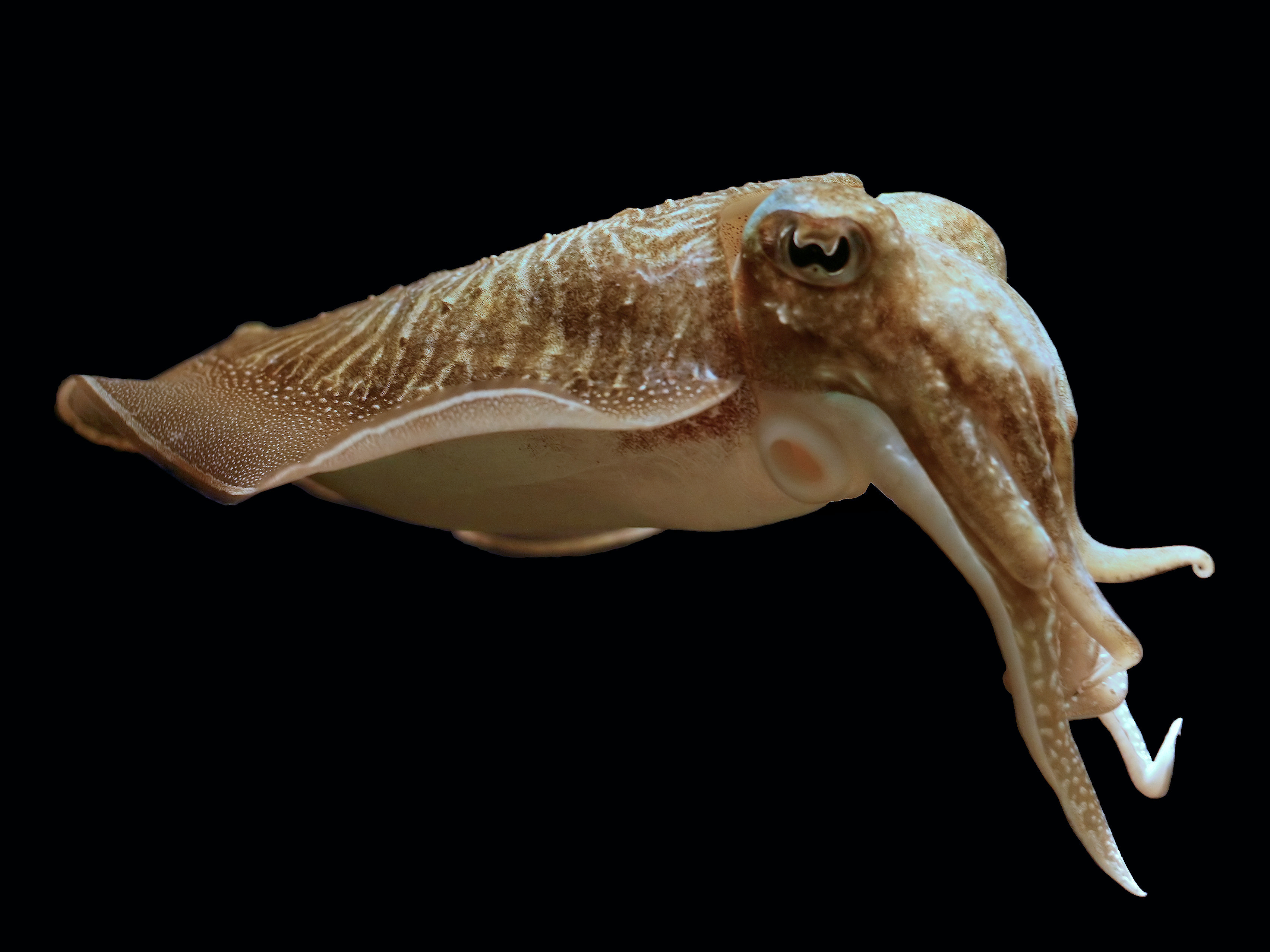Doctoral thesis defence of Louis Benoist : " Study of the immune system in the cuttlefish Sepia officinalis: potential uses in aquaculture", Tuesday November 20.
Doctoral thesis defence of Louis Benoist : " Study of the immune system in the cuttlefish Sepia officinalis: potential uses in aquaculture", Tuesday November 20.
Start: 14:00 (CET)
Place: Amphithéâtre Vauquelin, Campus 1, Université de Caen Normandie
His PhD thesis, " Study of the immune system in the cuttlefish Sepia officinalis: potential uses in aquaculture", has been directed by Dr. Céline Zatylny-Gaudin (Université de Caen Normandie-BOREA).
A PhD Committee composed of:
President: Pr. Joël Henry (Université de Caen Normandie-BOREA)
Reviewers: Pr. Christine Braquart-Varnier (Université de Poitiers) and Pr. Vianney Pichereau (Université Bretagne Occidentale)
Examiners: Dr. Delphine Destoumieux-Garzón (Université de Montpellier) and Dr. Yannick Labreuche (Ifremer)
Abstract:
Cephalopods such as the cuttlefish Sepia officinalis, despite their short lifespan, have been found in the oceans for millions of years. In these atypical animals, few pathologies have been observed, revealing the presence of an effective but little studied immune system based on innate processes. The study of the cuttlefish's immune system has been carried out on the white body, a haematopoietic organ; on the circulating cells, the haemocytes; and on the skin, the first barrier with the external environment. At the white body level, the transcriptomic and proteomic study highlighted the presence of factors linked to haematopoiesis, including members of the JAK-STAT signalling pathway. Immune factors have also been identified, revealing a possible multifunctionality of the white body. The immune response to Vibrio splendidus could be apprehended from a comparative transcriptomic analysis of haemocytes. However, as the latter did not allow the clear identification of antimicrobial peptides, an original in silico analysis was developed to select five candidate peptides, three of which revealed a targeted antibacterial activity against bacteria of the Vibrio genus. Finally, a study of the skin and its mucus was initiated. This study using -omic approaches enabled the identification of factors related to pathogen recognition and immune response. In addition, twelve strains were isolated and identified at the level of the skin microbiome. All these results represent a major contribution concerning the immune system in cuttlefish, making it possible to initiate functional studies during an infection or at the end of life. These studies would make it possible to understand the mode of action of the identified immune factors, the involvement of each entity in the immune response or in the establishment and maintenance of the microbiome.
Keywords: Immunity, Haematopoiesis, Haemocytes, White body, Skin, Mucus, Microbiome, Omic


